Yili Fang
Mixture of Experts based Multi-task Supervise Learning from Crowds
Jul 18, 2024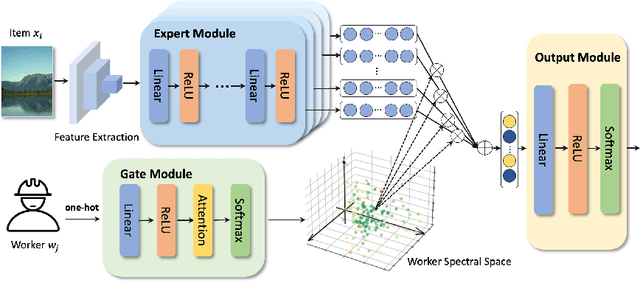

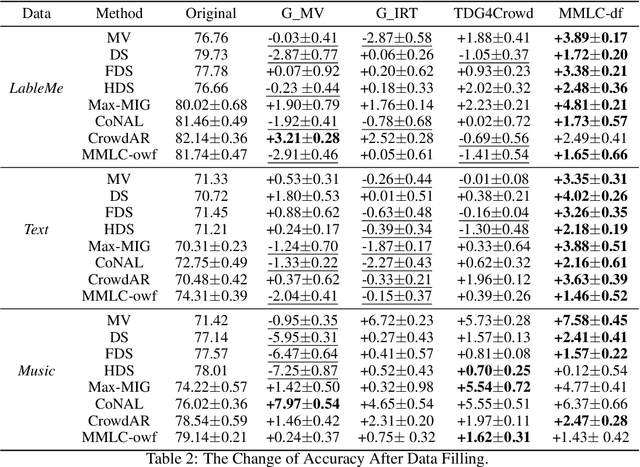

Abstract:Existing truth inference methods in crowdsourcing aim to map redundant labels and items to the ground truth. They treat the ground truth as hidden variables and use statistical or deep learning-based worker behavior models to infer the ground truth. However, worker behavior models that rely on ground truth hidden variables overlook workers' behavior at the item feature level, leading to imprecise characterizations and negatively impacting the quality of truth inference. This paper proposes a new paradigm of multi-task supervised learning from crowds, which eliminates the need for modeling of items's ground truth in worker behavior models. Within this paradigm, we propose a worker behavior model at the item feature level called Mixture of Experts based Multi-task Supervised Learning from Crowds (MMLC). Two truth inference strategies are proposed within MMLC. The first strategy, named MMLC-owf, utilizes clustering methods in the worker spectral space to identify the projection vector of the oracle worker. Subsequently, the labels generated based on this vector are considered as the inferred truth. The second strategy, called MMLC-df, employs the MMLC model to fill the crowdsourced data, which can enhance the effectiveness of existing truth inference methods. Experimental results demonstrate that MMLC-owf outperforms state-of-the-art methods and MMLC-df enhances the quality of existing truth inference methods.
An Approach for Combining Multimodal Fusion and Neural Architecture Search Applied to Knowledge Tracing
Nov 08, 2021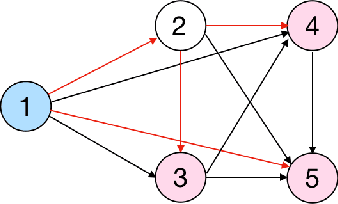
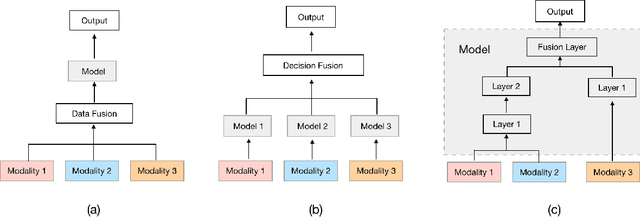
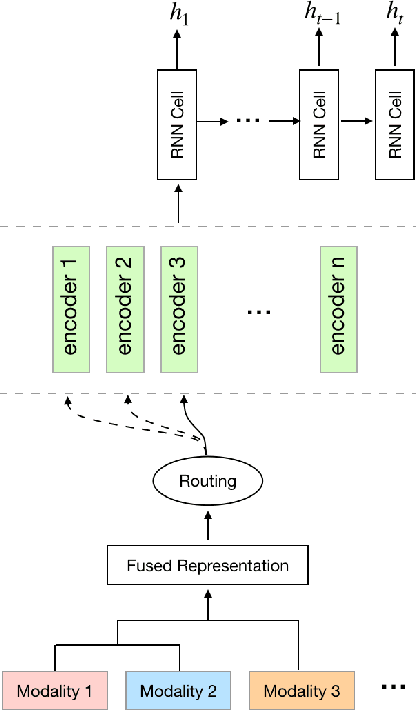
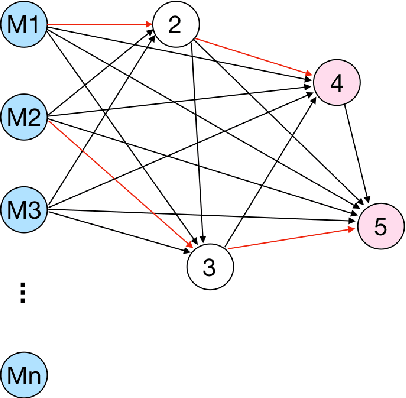
Abstract:Knowledge Tracing is the process of tracking mastery level of different skills of students for a given learning domain. It is one of the key components for building adaptive learning systems and has been investigated for decades. In parallel with the success of deep neural networks in other fields, we have seen researchers take similar approaches in the learning science community. However, most existing deep learning based knowledge tracing models either: (1) only use the correct/incorrect response (ignoring useful information from other modalities) or (2) design their network architectures through domain expertise via trial and error. In this paper, we propose a sequential model based optimization approach that combines multimodal fusion and neural architecture search within one framework. The commonly used neural architecture search technique could be considered as a special case of our proposed approach when there is only one modality involved. We further propose to use a new metric called time-weighted Area Under the Curve (weighted AUC) to measure how a sequence model performs with time. We evaluate our methods on two public real datasets showing the discovered model is able to achieve superior performance. Unlike most existing works, we conduct McNemar's test on the model predictions and the results are statistically significant.
 Add to Chrome
Add to Chrome Add to Firefox
Add to Firefox Add to Edge
Add to Edge